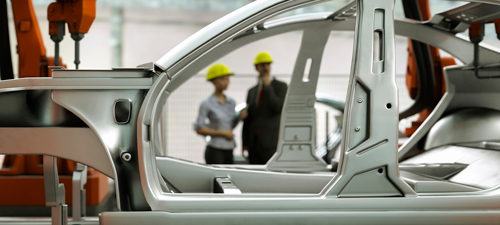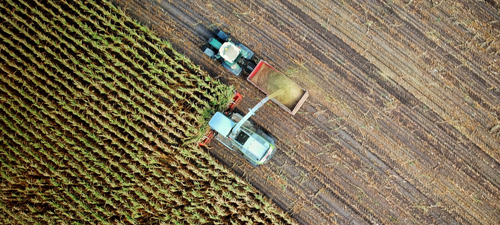In 2012, we wrote about the future of 3D printing and the exciting new 3D printing methods and technologies that were hitting the market at the time. Eight years later, we have more insight into the many ways 3D printing has and is changing manufacturing. Here are some of the biggest changes to 3D printing in the last eight years.
Our First Thoughts on 3D Printing
When we first wrote about 3D printing, there was a lot of uncertainty about how the new technology would affect manufacturing on a global scale. Some professionals in the industry worried that 3D printing would disrupt plastics manufacturing and cause massive industry shifts, while others expected that the effects of 3D printing would be minimal.
3D Printing in 2020
Now that some of the initial excitement and uncertainty regarding 3D printing has died down, it’s a lot easier for industry professionals to make predictions about the future of plastics manufacturing and 3D printing. Despite some early concerns about what 3D printing would mean for the plastics manufacturing market, the technology has made possible many incredible innovations without causing the kind of unrest or industry overhaul that some professionals predicted.
In 2020, most industry professionals agree that 3D printing has finally come into its own. The initial novelty factor of 3D printing has largely faded away and a new generation of 3D printing equipment and techniques have taken the place of early, simplistic 3D printing technology.
One of the most exciting things happening in 2020 is the use of 3D printing in the medical industry. 3D printing has been used to produce implantable human body parts with an incredible degree of sophistication. In the years to come, rapidly-evolving 3D printing technology is certain to bring about even more changes in the medical plastics industry and improve the quality of care and the availability of advanced medical devices and implants.
Another important aspect of 3D printing to keep an eye on in 2020 is its use in industrial applications. 3D printing makes it possible to create parts and components with new geometries that aren’t possible to achieve with other plastics manufacturing processes. 3D printed parts and components are resilient, heat-resistant and lightweight, allowing manufacturers to produce parts that meet high standards of quality and performance while cutting down on manufacturing costs and streamlining production timelines.
At KASO, we’ve seen many changes to the plastics manufacturing industry in our 60+ years of business. We continue to offer comprehensive engineering and plastic injection molding services to ensure that our clients achieve the best results possible. Contact us to find out more about everything that we have to offer and to get started with an estimate for your project.








 Molding services for Agricultural customers
Molding services for Agricultural customers